One of the scariest and most necessary changes a growing eCommerce company experiences is the dreaded replatform and the subsequent migration. You know, transferring all of your products and existing information from your old eCommerce platform to a new solution.
It’s scary because:
- What if it doesn’t work?
- What if you lose significant search rank?
- What if the firm you hire doesn’t do a good job?
Regardless of how scary it is, it’s a very necessary step because you’re growing and your current platform is holding you back.
The key to a successful replatforming is understanding it is a layered process. Each layer deserves your full attention, consideration, and preparation.
This guide is all you need to help you prepare for making the switch as painless as possible.
How to Choose the Right Platform
You need to do your homework before selecting an eCommerce platform solution. And not just a little homework…you need to do A LOT.
The good news is that doing this work now will save you time and money down the road, so don’t be lazy. It’s worth it.
Here are three key steps in selecting the best platform for your business:
What problems does your site currently have?
Your eCommerce site isn’t performing at its full potential. Outline why. What problems are you experiencing?
Some common scaling platform-related problems you might be having are:
- Site vulnerability (is your customer information being compromised?)
- Cost of maintenance outweighs site performance
- Integrating with third-party applications and software is difficult
- Your marketing team can’t easily accomplish tasks
- Changes and updates take too long to go live
Write down other sites you like and why.
Once you have your problems and frustrations written down, it’s time to create a list of eCommerce websites you like and why they appeal to you.
When looking to select the best open source eCommerce platform for his auto parts business, Zack Kanter advised business owners to do the following:
- Find a site you love, sit down, and map out exactly how their features and functionalities work. What do you want to keep? What do you NOT need? What does it not have that you DO need? When you don’t have an in-house developer, being able to explain what you need up front will save you time and money.
- Realize you probably don’t need most of the features you think you need, i.e. categorized features.
(Read the full interview with Zack and why he chose Spree Commerce here.)
Once you do this, you’ll be armed with really good information about the current state of your business and what you’re looking for. Now you can start vetting potential enterprise solutions.
Research enterprise eCommerce platforms.
Your next step is to begin researching what enterprise-level platforms are available and determine which one best fits your current business growth needs.
Here’s a quick review of three of the most popular solutions for enterprise-level businesses:
Shopify Plus
Shopify Plus is quickly rising as a leading solution for enterprise-level companies. It provides a hosted solution, taking on the responsibilities of things like security, uptime, and server reliability.
All Shopify stores now use SSL encryption everywhere on the site, not just at checkout.
The company is also making huge strides in becoming the most user-friendly enterprise eCommerce platform. In addition to an easy-to-use admin panel, they also recently launched Shopify Scripts with the intention of making your customer’s shopping experience more customized without a huge development headache for you. Now you can create custom offers like “Buy One Get One Free” without spending hours of development time.
Shopify Plus could be right for your business if you need a better solution for security, user-friendly admin capabilities, and innovation.
Related: Moving from Magento to Shopify Plus: The Complete Guide for Large Retailers
Magento Enterprise
Magento Enterprise currently holds the majority of the market share for enterprise eCommerce platform solutions. Magento serves more than 200,000 merchants around the world and is supported by a global community of solution partners, merchants, forum moderators, and developers.
There’s a very robust Magento community, too, meaning that finding a Magento developer or an answer to a Magento-specific question shouldn’t be a problem.
Another plus is that Magento Enterprise seems to be the eCommerce platform of choice for B2B companies. Other platform solutions cater more to B2C, and handling the intricacies of B2B commerce is something Magento does very well with its flexibility, segmentation options, and unique catalogs.
Magento Enterprise may be the best choice for you if you’re a B2B eCommerce company, you are looking to stay in a PHP development environment, or you prefer to maintain a self-hosted site. Since Magento only provides a hosted solution in Magento Enterprise Cloud Edition, if your company prefers to control hosting and security compliance, this platform could be the best one for you.
Spree Commerce
Spree Commerce is a powerful open source eCommerce platform that is capable of handling enterprise-level business. The difference between Spree and other solutions is that it comes very “lightweight,” code-wise, out of the box; there aren’t a bunch of pre-defined functionalities built in to your platform from the beginning. You get to choose what you want.
High levels of customization are what set Spree apart from other platform solutions. Spree works very well in terms of integrating with third party applications and softwares; it’s easy for the platform to “talk” to other solutions your website uses. That can save you a lot of money in terms of resources spent on development time.
Spree could be the best platform choice for your company if you want better flexibility as you continue to grow.
Really dig deep.
When researching platforms, you need to dig deep. Speak to a representative from all platform solutions on your shortlist. This is a long-term investment so it takes a thorough vetting process.
“You need to ask them all the same questions. You need to really dig into this because once you choose a platform, you probably won’t want to change it again for a while.” —@wmharris101
Going back to our interview with Zack, one of the most important things he reiterated was to “Choose something that talks to other softwares in an easy way — it’s getting more and more important to be able to easily integrate with other apps, and software is starting to become unbundled. You will save yourself so much time and headache if your platform integrates easily.”
How to Find a Development Team
Next, you need to vet your eCommerce development agencies just as you interviewed your platform solution reps. This is equally as important because these are the guys who are going to be building the store that you (hopefully) will have for years down the road.
When you’re researching and creating a shortlist of firms or agencies, be sure to look for:
- A strong portfolio or work you like
Take a look to see what the agency has built so far. Really do your homework here. If there’s a project there you DON’T like, don’t hesitate to ask them what happened on that one. Seeing how an agency responds to this question can be very insightful when it comes to shedding light on how they handle problems.
- A sense of trust
After you begin getting to know the firm, do you feel like you can trust them? Do you get along with their personalities? Of course, no working relationship is perfect, but you’ll be spending time and money with these people so you should at least be able to get along well.
- Specialization in design and development
This may seem like a no-brainer, but you’d be surprised. There are so many marketing firms and agencies that do “development,” but they don’t do it well. Pick a team that specializes in design and development, and pinpoint it—if you can—to eCommerce.
- Experience in the specific platform you want
Since you should’ve done the exercise of platform selection before selecting a firm, you will most likely have a specific one chosen. Which agency has the most experience in developing for this platform? Ask to see examples of projects and for more details about developing the solution for it.
- Good reviews from current and past clients
Were other people pleased with their work? Cold call a past client you’ve found listed on the agency site. Get the “real” project brief from the client and see if they were actually happy with how the development went.
- Consideration of your budget and investment
Good eCommerce development firms need to know your budget. Once they’ve have this information, it’s important that they are sensitive to your financial requirements so that you don’t get in over your head.
- A transparent and organized development process
How much of the process is the agency willing to share with you? To what level are you granted access? It’s best to select a firm that is very transparent and will let you see exactly how the development process unfolds. If they don’t provide this, are you sure you can trust them?
If you’re not coming from a very technical background, selecting your eCommerce development team could be more important than the solution itself. At the end of the day, they’re the ones building it for you, so you must have a good relationship and a strong sense of trust that they’re guiding your business into a new environment in which your business can truly thrive.
How to Choose the Best Apps to Manage Your Business
Regardless of whether you’re replatforming or going into a new website build, you need to outline your current business processes so your development agency can understand what can be automated for you.
Take a look at your current processes. What management applications are essential to manage these processes? Are there any that are costing you time or seem less efficient? Why?
There are many apps available to help streamline your online store, so it’s important to highlight beforehand your pain points.
Let’s look at some popular examples of app integrations:
Marketing
How can you determine what apps are ideal for integration to help streamline your marketing efforts?
You can first do research in quality marketing forums by either asking a question or browsing the threads to see if anyone else has asked a similar question. Check out the Moz Q&A forum, inbound.org, or even Quora to see what applications are best for marketing.
Additionally, you can take a look at what other sites are using. One of the best tools for researching what technologies websites use is BuiltWith.com. Just enter the URL of a store and cou can see what apps they have integrated. Write them down and ask your development firm about them.
Here are two marketing apps we like:
1. Bronto
Bronto is a marketing service platform that provides solutions for things like shopping cart abandonment, post-purchase campaigns, and data-driven email. Bonobos, one of our favorite brands in terms of eCommerce technology leadership, uses Bronto.
[image source]
Bronto is very popular among Magento stores but can be run on a variety of platforms. Head to their Magento app for reference.
If you’re frustrated with your current email marketing solution, ask your agency about Bronto and see what they have to say about using it for your business.
2. Yotpo
Yotpo is a solution focused around reviews, customer acquisition, and customer retention.
Leesa, one of the startups disrupting the mattress industry, became the “most reviewed online mattress shop” in a competitive space. They have a 10% conversion rate from purchase to review (Read their full case study here).
[image source]
A review application may not be something you currently have implemented, but it could really boost your store on a replatform or re-launch of your site.
Analytics
Even though it’s one of the most important parts of successful eCommerce, many stores aren’t taking full advantage of their analytics: it’s one of the most difficult solutions to decide on because there are so many options! How do you pick? Staying with an ad-hoc or under-performing solution won’t cut it for a growing eCommerce business. As in the Marketing section, you can also use the eCommerce forums to research others’ questions around analytics. And, again, use BuiltWith.com to see what your favorite sites (or even your competitors) are using for their analytics solution.
Here are two examples of analytics solutions we love:
1. Kissmetrics
Kissmetrics allows you to analyze your traffic to optimize your marketing efforts.
[image source]
What does that mean? An example would be analyzing the data around your checkout process. Where are users falling off? What assumptions can you draw from that analysis? Understanding your user behavior is a lot easier when you get a view like this.
2. Jirafe
Jirafe is the “new kid” in the eCommerce analytics space, but they’ve already landed some good clients like Nasty Gal, Outdoor Voices, and even Starbucks!
[image source]
Their solution allows you to gain insight into details like which customers have a low AOV. By seeing the intricacies of particular customers’ behavior, you can then gather insight on how to enhance the customer experience in your online store. This level of analytics can be extremely powerful.
Related: CASE STUDY: 3 Growth Hacking Tactics That Put Outdoor Voices Ahead of LuluLemon
Inventory / Products / Orders
What are your pain points around orders and inventory? This is one of the biggest issues my firm addresses in our initial kickoff call with a client looking to replatform.
Some clients have problems keeping accurate track of inventory, others “lose” orders because of failed notifications from the system, and some have issues with seamlessly integrating a shipping solution.
Outline what your struggles are in this category so you can get your eCommerce development agency’s best recommendation.
Here are two applications we like in this space that address these pain points:
1. ShipStation
ShipStation allows you to automate everything related to shipping and integrates easily with major shipping providers.
[image source]
If you currently do any step of your shipping and fulfillment manually, you’re being inefficient. Integrating a new shipping and fulfillment application with your eCommerce platform can help prevent wasted time. Read how men’s apparel brand Hugh & Crye uses ShipStation to automate their shipping and fulfillment.
2. Sellbrite
Sellbrite is a solution that allows you to sell and manage your product across different channels. This is becoming increasingly important as eCommerce companies are starting to require more functionality beyond their own online store.
[image source]
If multi-channel is something your company wants to integrate into your new eCommerce platform, you need to have a clear idea of what channels you’ll support. Sellbrite integrates with Shopify, Bigcommerce, Magento, and WooCommerce.
Payment Processors
Lastly, and quite possibly most importantly, payment processors. Yet another area in eCommerce development that has so many options!
50% of online shoppers would cancel their purchase if their preferred method of payment wasn’t available @demacmedia
How do you know what payment processor is best for your online store? This will be a point of discussion on which your eCommerce development agency can provide some thorough advice, as they should have experience working with multiple solutions and can recommend what’s best for your business.
Here are our two favorite payment processors:
1. Stripe
Stripe began with a simple purpose: make it simple for businesses to do business online. They have a bit of a different appeal in that they build for developers, not merchants.
By listening to and working with developers first, the company can be on the forefront of building progressive payment solutions.
If it is important for your company to be on top of capturing sales through a third-party app, via marketplace, or through subscriptions, then Stripe could be the right solution for you. The simple fact that it was built for developers means it is very flexible and easy to use in developing. Consider this when looking at your project budget.
2. Braintree
Braintree has become a competitive payment gateway since its launch in 2010. After acquisition by PayPal, Braintree now operates as a “PayPal Company” and could be one of the most progressive movers in the payment industry.
They accept payments from PayPal, Apple Pay, Android Pay, Venmo, and even Coinbase (bitcoin)! And, of course, they process traditional online payments as well.
What’s notable about the company is their expansion into alternative payment methods. If your target demographic purchases through one of these alternative methods, you might consider Braintree as your payment gateway.
For a more thorough look at payment processors for eCommerce, check out The Best Payment Gateway Comparison Guide for a High-Converting Checkout.
Conclusion
Hiring an eCommerce development firm is a big decision. The new build or replatforming project won’t come without its bumps in the road. But the more prepared you are as a client, the more you can help keep the project development path smooth all the way through the new build or replatforming project.
I hope this guide helps you discover what questions you should be asking. Let me know in the comments if you have any questions about the development process!
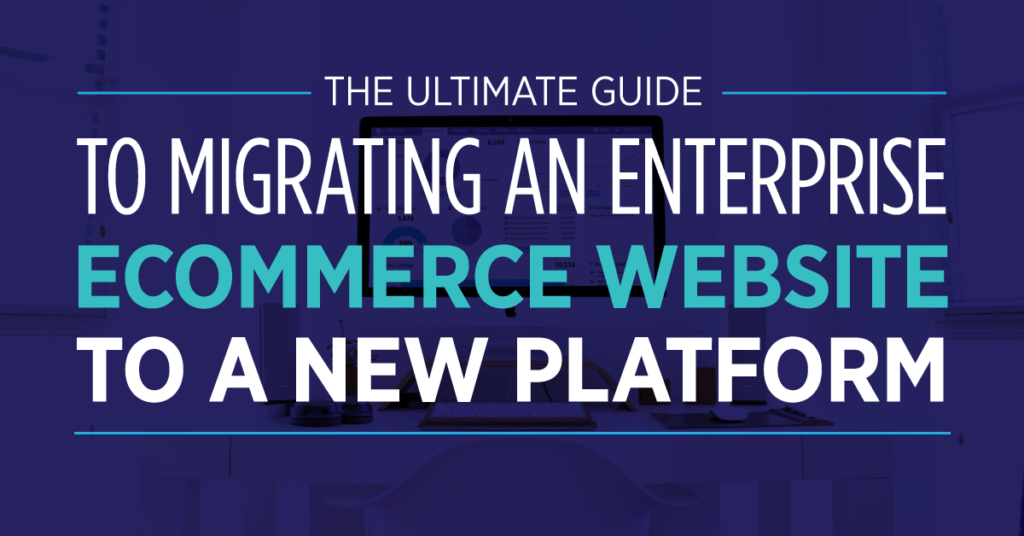




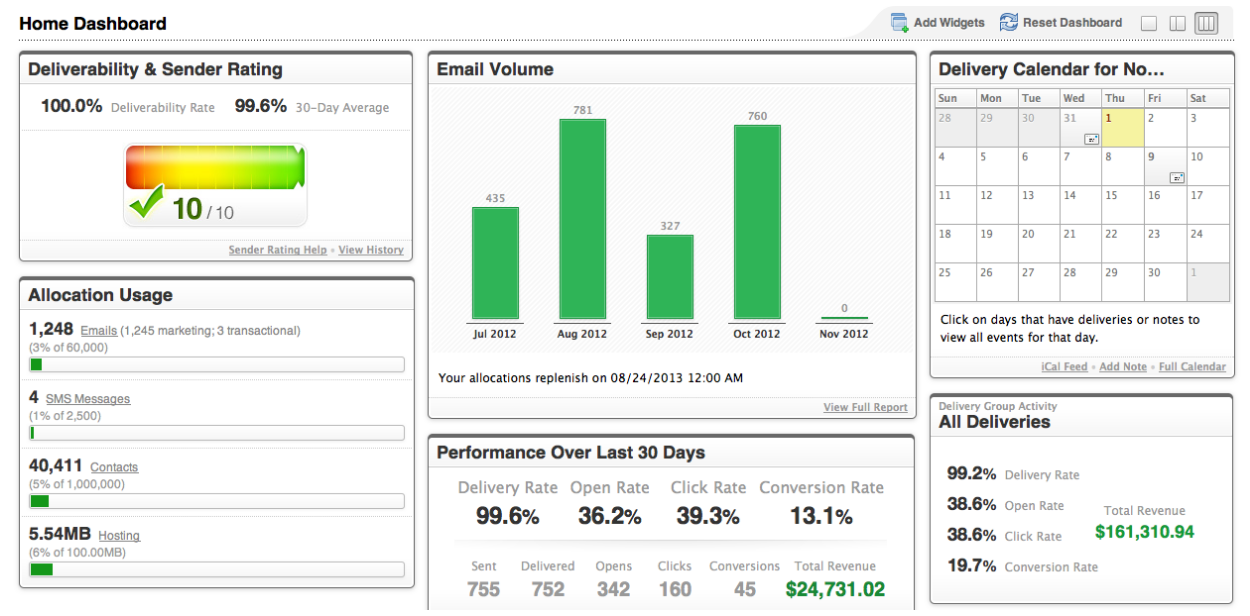
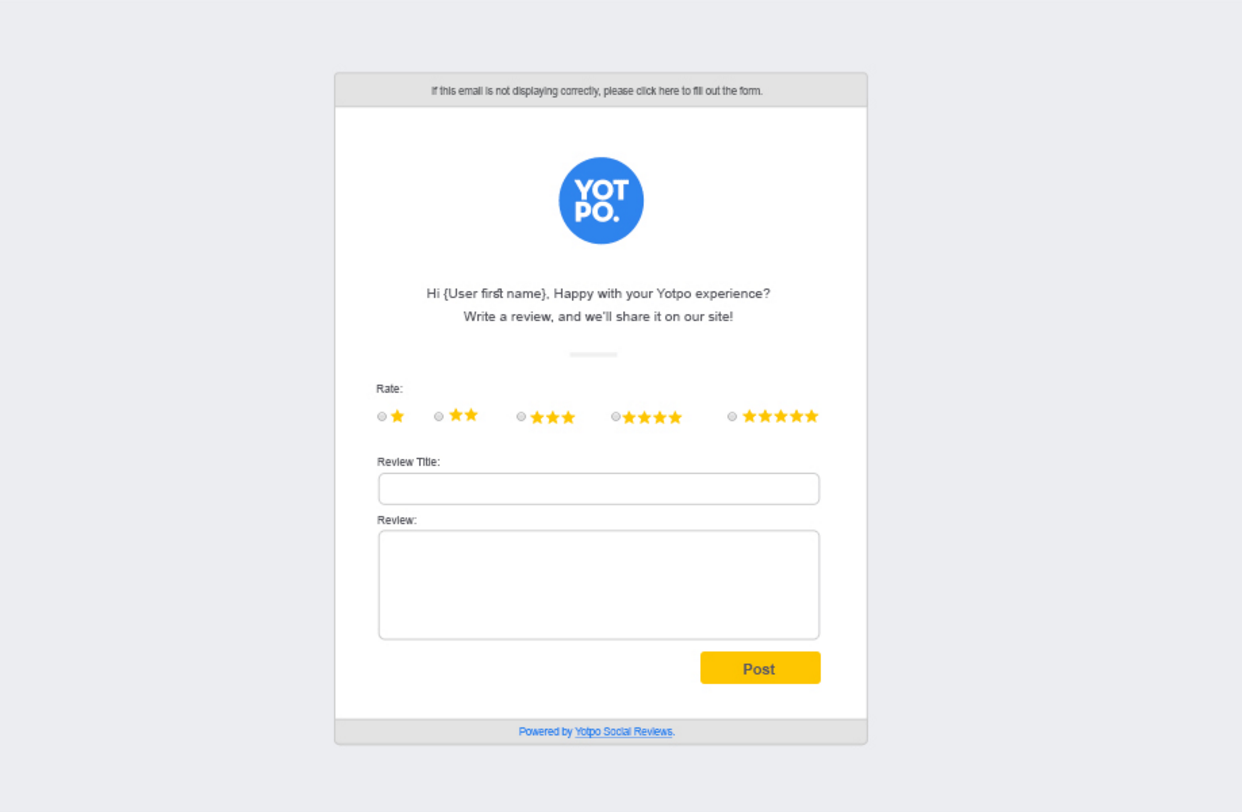
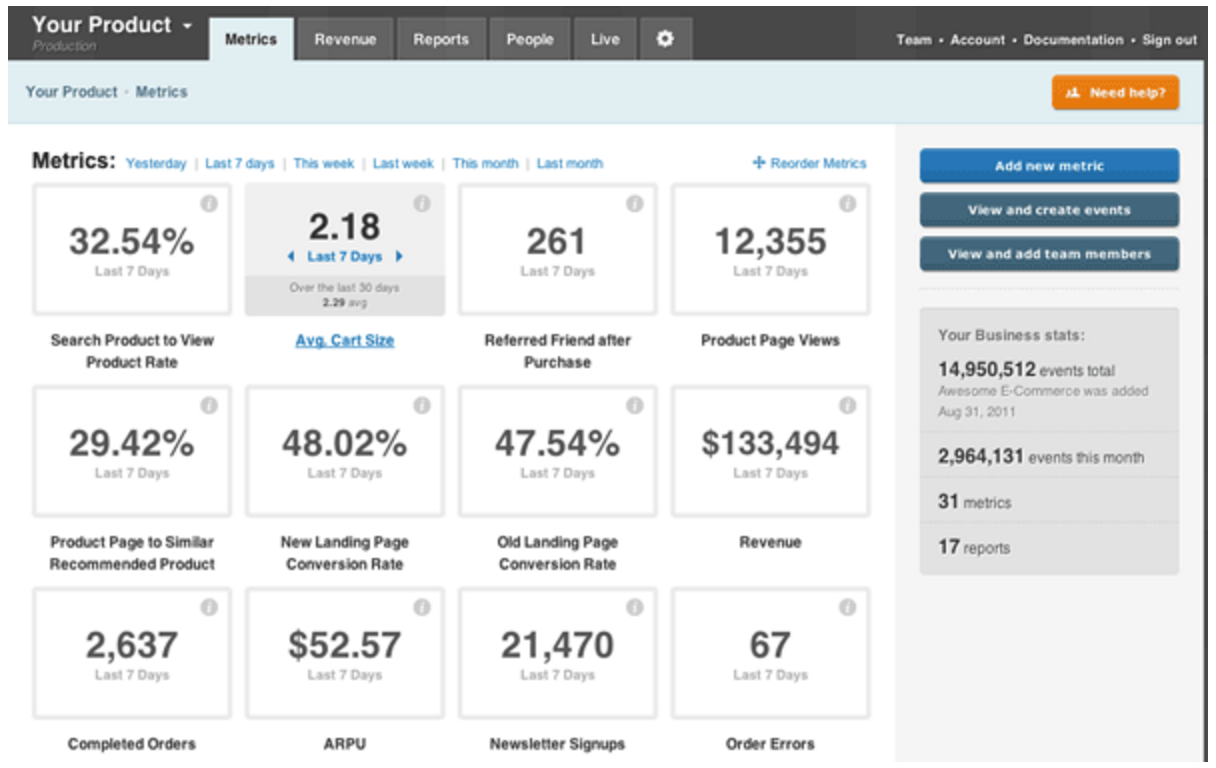
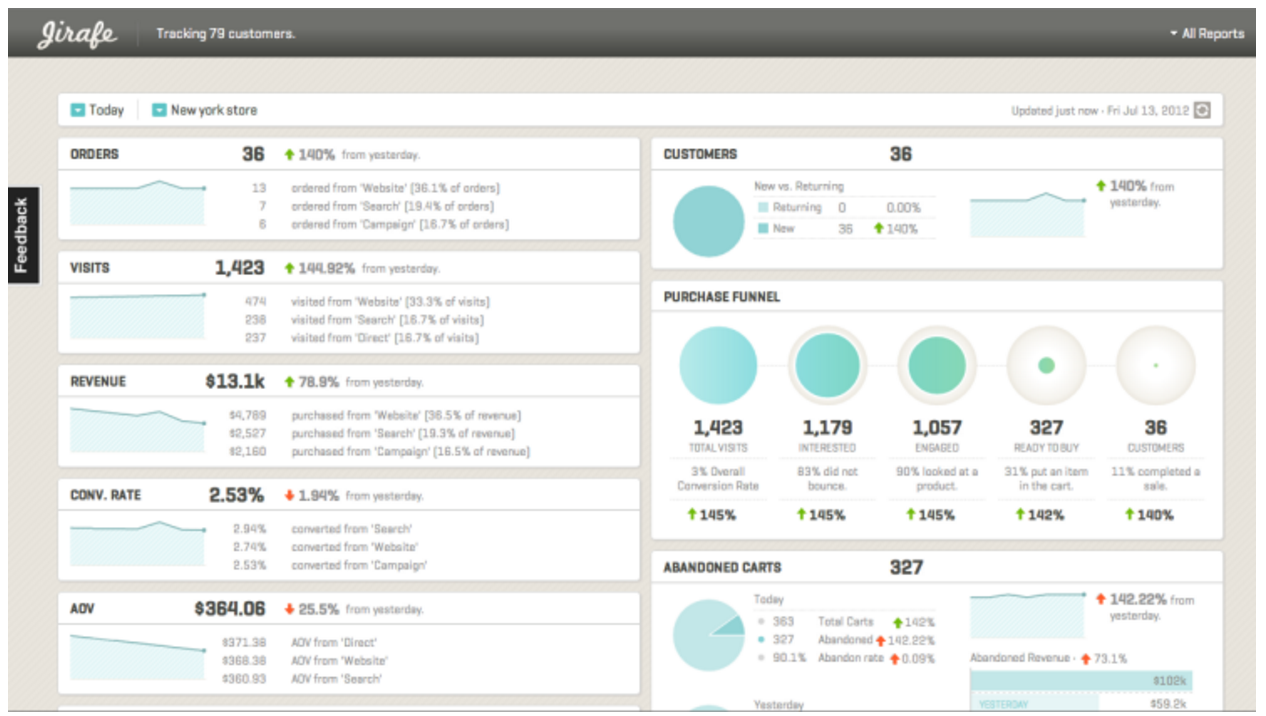
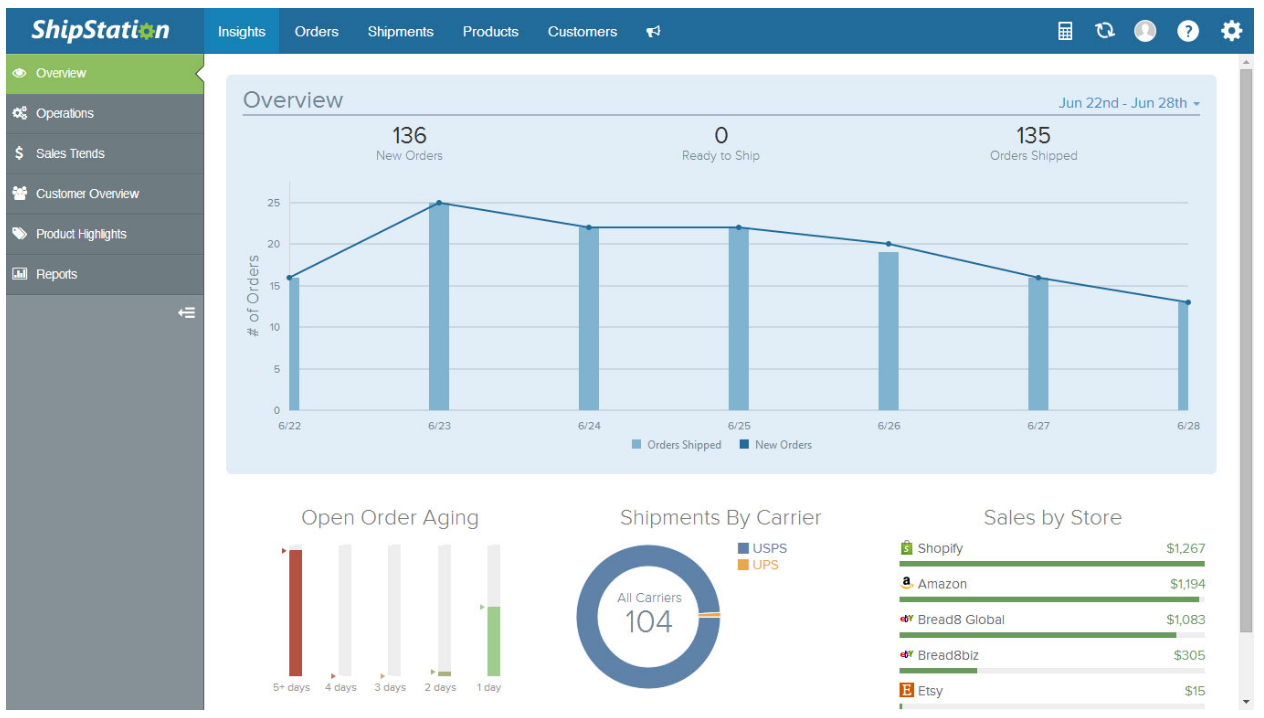
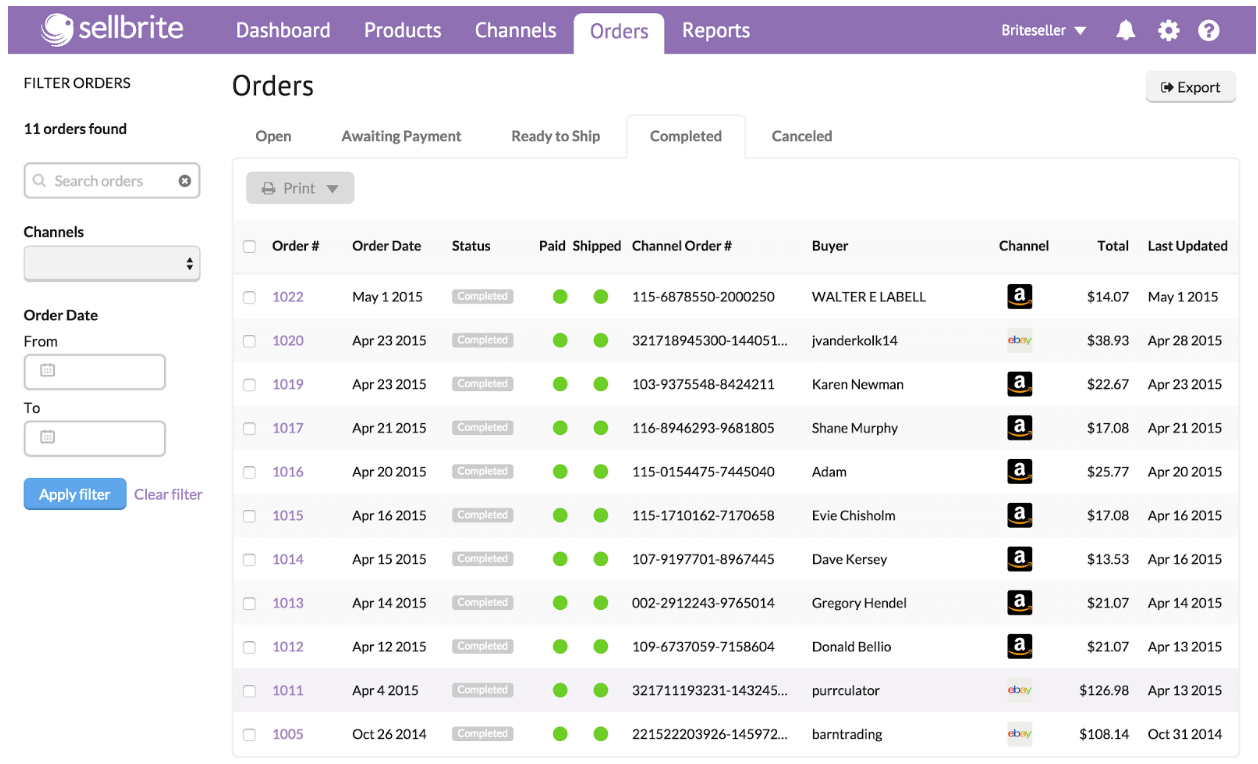



9 thoughts on “The Ultimate Guide to Migrating an Enterprise eCommerce Website to a New Platform”
Allen – this is a fantastic guide. Replatforming your “baby” is scary – but this should help a lot of people make good choices.
Replatforming is always scary – but never as scary as the money you’re losing by NOT doing it 😉 Thanks, William!
Allen – this is a fantastic guide. Replatforming your “baby” is scary – but this should help a lot of people make good choices.
Replatforming is always scary – but never as scary as the money you’re losing by NOT doing it 😉 Thanks, William!
Allen – this is a fantastic guide. Replatforming your “baby” is scary – but this should help a lot of people make good choices.
Replatforming is always scary – but never as scary as the money you’re losing by NOT doing it 😉 Thanks, William!
Hi Allen, It’s a very good guide about migrating ecommerce website on a new platform. But on Cloudways platform migration is much easier to do, because they offer features such as easy to use console, 1-click setup and etc.
Hi Allen, It’s a very good guide about migrating ecommerce website on a new platform. But on Cloudways platform migration is much easier to do, because they offer features such as easy to use console, 1-click setup and etc.
Hi Allen, It’s a very good guide about migrating ecommerce website on a new platform. But on Cloudways platform migration is much easier to do, because they offer features such as easy to use console, 1-click setup and etc.